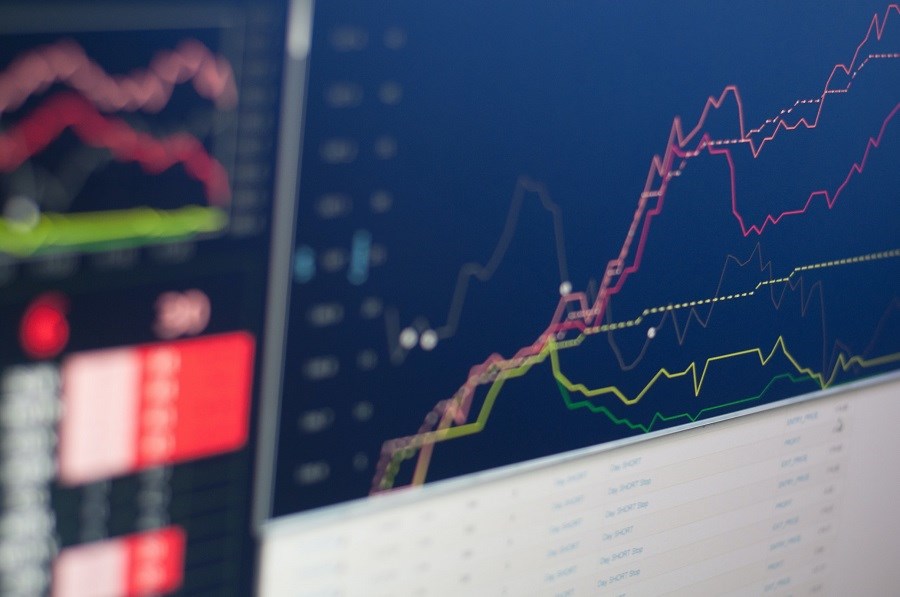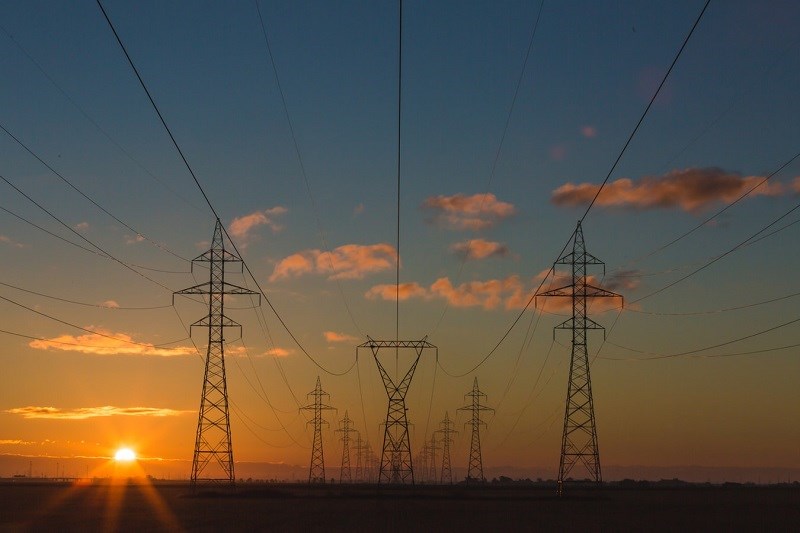
Do stocks with lower ESG - environmental, social and governance - risk yield better returns? It's complicated. Responsible, sustainable and ESG investing carries many names and is subject to various interpretations. So then how do we measure performance? As the space continues to solidify, finding patterns in the performance of Canadian stocks is already challenging enough. Let’s start with ESG Risk Ratings.
“At its core, an ESG Risk measure on a stock is meant to reflect that degree of financially material risk that is associated with Environmental, Social, and Governance type topic areas,” says Morningstar Canada’s Direct of Investment Research, Ian Tam, “These are not meant to be ‘feel-good’ factors. Rather, they reflect the realities of outcomes that will materially affect a company’s bottom line.”
And these ESG realities measured, when combined with performance data analysis and peer studies, can begin to explain the relationship with returns. As inspired by my colleague Sunniva Kolostyak in the UK, I've adapted this analysis to the Canadian market. With the help of Morningstar Sustainalytics ESG Risk Ratings, we start by looking back at nearly four years of stock returns:
In 2018, everyone had rough average returns with medium ESG risk companies faring best. Medium risk companies also find themselves in the middle for the following years of positive performance.
While low ESG risk companies fared better in the downturn, they did underperform high ESG risk stocks until now. Perhaps this at least suggests high risks stocks are more volatile. Let's look for this behaviour in individual stocks, starting with the lowest ESG risk stocks.
At an impressive 8.77, we have Celestica (CLS), followed by Thomson Reuters Corp (TRI) at 9.07, Wheaton Precious Metals Corp (WPM) at 9.37 and Franco Nevada Corp (FNV) at 9.49, as of September 16, 2021. With an electronic manufacturer, news organization and two mining companies there's some variety in sectors in the 'safest' ESG stocks.
The performance of the four stocks was fairly flat - and less volatile - before the pandemic, but most took off after 2020. They all had their own reasons though, from Thomson Reuters's business streamlining, to gold and silver prices playing a role with Wheaton Precious Metals and Franco Nevada.
On the other end of the ESG risk spectrum, we have McEwen Mining Inc. (MUX) at 60.37, Energy Fuels Inc. (EFR) at 59.69, Taseko Mines Ltd. (TKO) at 58.75 and Lithium Americas Corp (LAC) at 57.60, as of September 16, 2021.
For companies in sectors that are more similar, it's interesting to see performance vary a bit more. The performance for this group looks more volatile (and negative) in the lead-up to the pandemic. But alas this is still only a small sample group over a fairly short period of time and these stocks surely had their own catalysts.
Let's keep adding layers of information and take the low, medium and high ESG risk categories of about 100-120 stocks each, and extend the timeline back ten years:
Much more of contrast in the long term. What could this mean? Could the eroding power of volatility have consistently shaved off returns over time? Are we sure volatility is related to ESG risk? Do ESG screens vary? Many factors, but maybe we get a tiny bit closer to understanding the relationship between responsible investing and returns.
Tam explains how ESG risks can present themselves in portfolios: “Morningstar’s assessment of ESG risk delves into corporate policies of issuers to understand whether they are equipped to deal with these risks. As an example, a company with good corporate policies around human rights is far less likely to run into labour issues due to strikes and/or union disputes. A company with good policies around emissions is less likely to be impacted as the world inevitably moves to a low-carbon economy. These very real risks may not present themselves in the short term, but can materially affect a company’s value over longer periods of time.”
As the ESG space continues to evolve, we should become better at putting our money towards ‘good’ and be able to analyze more data that, hopefully, confirm it pays to do so.




















